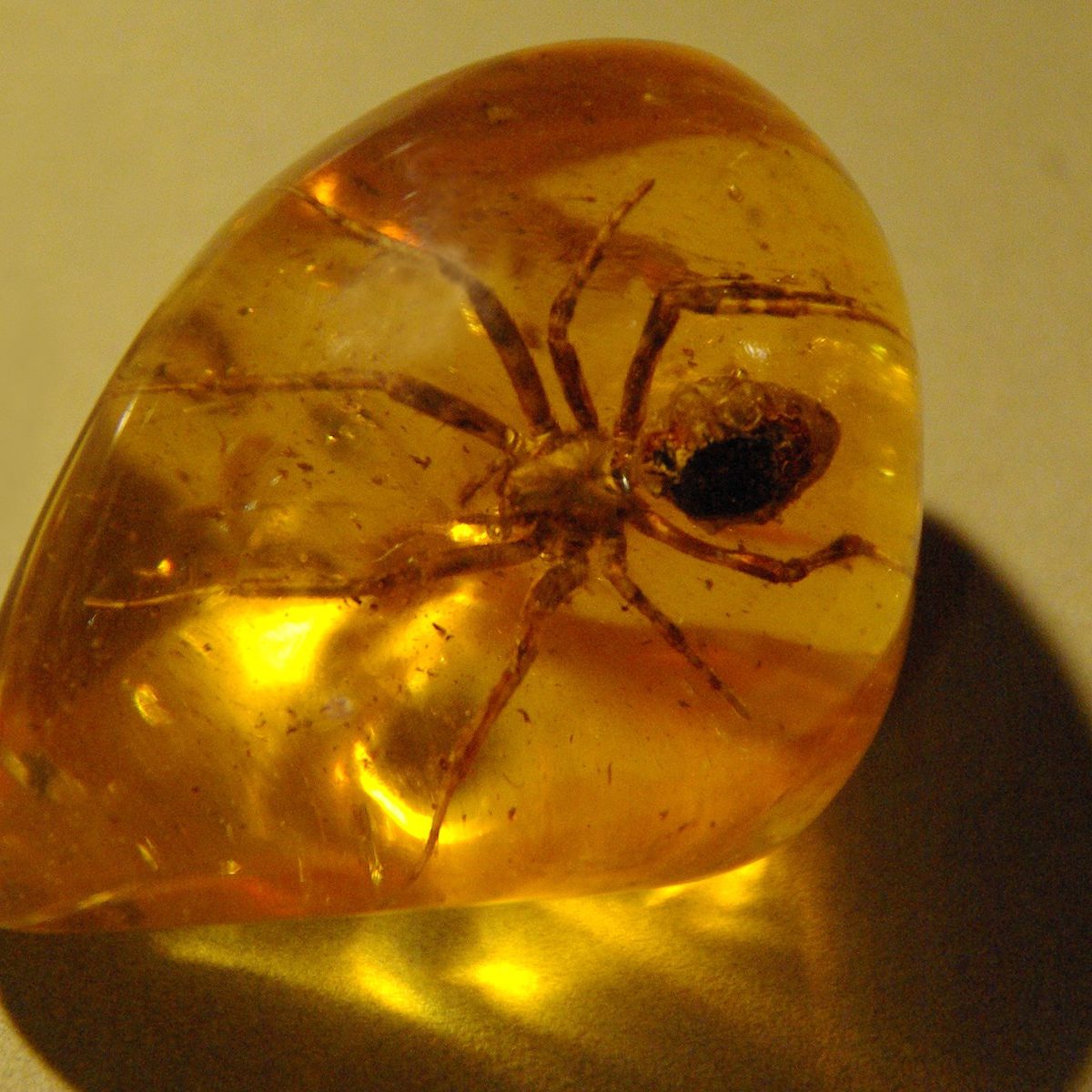Unveiling a mesmerizing glimpse into the past, 100-million-year-old amber from Myanmar has yielded proto-spiders, equipped with a silk-weaving organ and a distinctive feature—long, hairy tails. This unprecedented discovery sheds light on the evolutionary history of spiders and suggests that these tailed ancestors may have relied on their unique appendages to navigate their surroundings.
Spiders, ancient denizens of our planet for 300 million years, exhibit a smooth back, unlike their segmented counterparts, scorpions. Both spiders and scorpions trace their lineage back 430 million years to a common ancestor, yet evolution took them on divergent paths. The specimens discovered in Myanmar, boasting a blend of spider and scorpion features, have found their way into the hands of paleontologist Paul Selden. His paper, published on February 5, 2018, in the journal Nature Ecology & Evolution, details this extraordinary find.
The evolution of modern spiders can be traced to Uraraneaids, a family akin to arachnids but equipped with tails, existing 290-380 million years ago. These newly discovered proto-spiders, aged at 100 million years, present a unique twist—spiders with tails—a revelation that addresses a significant gap in our understanding of spider evolution. Paul Selden, director of the Kansas Institute of Paleontology, describes the discovery as overcoming a major flaw in our comprehension of spider evolution.










